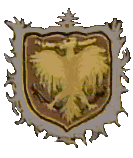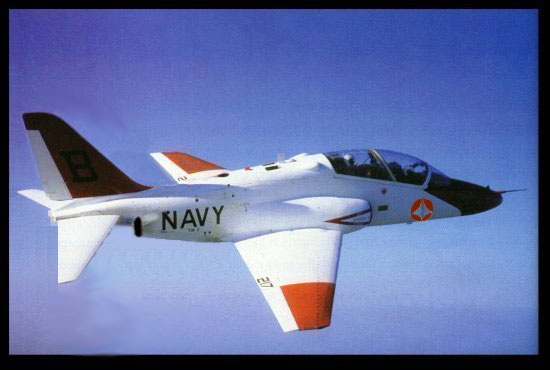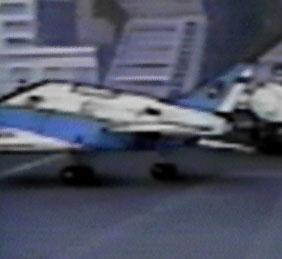

Designation:BAE/McDonnell Douglas T-45 "Goshawk" and "Goshawk II" |

|

|
|||

|
|||||


WARNING: DRAFT Material!

Note: Data shown is for the T-45J Goshawk II.

Full chemical and biological protection. Limited protection from hand fired solids and energy beams, shrapnel and other fragments. The windshield is hardened to resist penetration by bird strikes.
A derivative of the British Aerospace (BAE) Hawk attack aircraft which was itself a derivative of the BAE T.1 Hawk trainer, the tandem-seat McDonnell Douglas T-45 Goshawk entered service with the U.S. Navy in the early 1990s. Though it was a successful trainer in the U.S. the UNDF was looking for a twin-engine aircraft without the shortcomings of the T-45, principle of which were low thrust, limited performance, and poor directional stability above 1.05 Mach. Both McDonnell Douglas and Dornier Aerospace submitted proposals, each upgrades of existing types: McDonnell Douglas' being a twin-engine version of the T-45, and Dornier's a derivative of it AlphaJet trainer. The McDonnell Douglas design was judged the winner and three prototypes were ordered in January of 2001 with the first evaluation prototype taking to the air for the first time in March of 2002. Though externally similar, the aircraft differed significantly from earlier models. Changes included enlarged vertical and ventral stabilizers, a slightly stretched fuselage intended to improve transonic performance, and different intakes.
The first prototype was lost early in the testing program after a flight control system failure, and McDonnell Douglas wasted little time in correcting the problem. The test program resumed in May 2002 and the Goshawk II quickly proved an outstanding success, with performance that met or exceeded specifications in virtually every category. An order for fifty of the planes, now called the T-45E, was placed by the UNDF in June 2003. Entry into service with the UNDF began with the "E" model in March 2004, equipping three squadrons by December 2004. In service the T-45E showed an amazing 98% reliability rate and was the aircraft that trained the first generation of Veritech pilots.
Other nations ordered nearly three-hundred-fifty T-45Es before the T-45J model was proposed in 2007. The "J" introduced limited thrust vectoring and slightly uprated engines as well as a hydraulic-free digital fly-by-wire flight control system in which electrical servo motors moved the flight controls. Airframe fatigue life was also increased to nearly 20,000 cycles, up from the "E" model's 12,000. The first "J" entered service in November 2008 and would eventually equip the air arms of more than twenty nations.
Though provisions for carrying armament were built into the T-45, few saw combat, being confined almost entirely to the relative "safety" of carrier training duty, a role they performed brilliantly. Of the nearly 2,600 T-45 Goshawk IIs built, 2,159 were J models. The Invid Invasion subsequently resulted in the destruction of the bulk of the T-45 fleet and only sixteen examples were known to exist at the time of this publication.
Return to UNDF auxiliary aircraft index.
Go to Robotech Reference Guide Home Page.
Robotech (R) is the property of Harmony Gold. This document is in no way intended to infringe upon their rights.
Content by Jason W. Smith, with Pieter Thomassen and Tim Wing